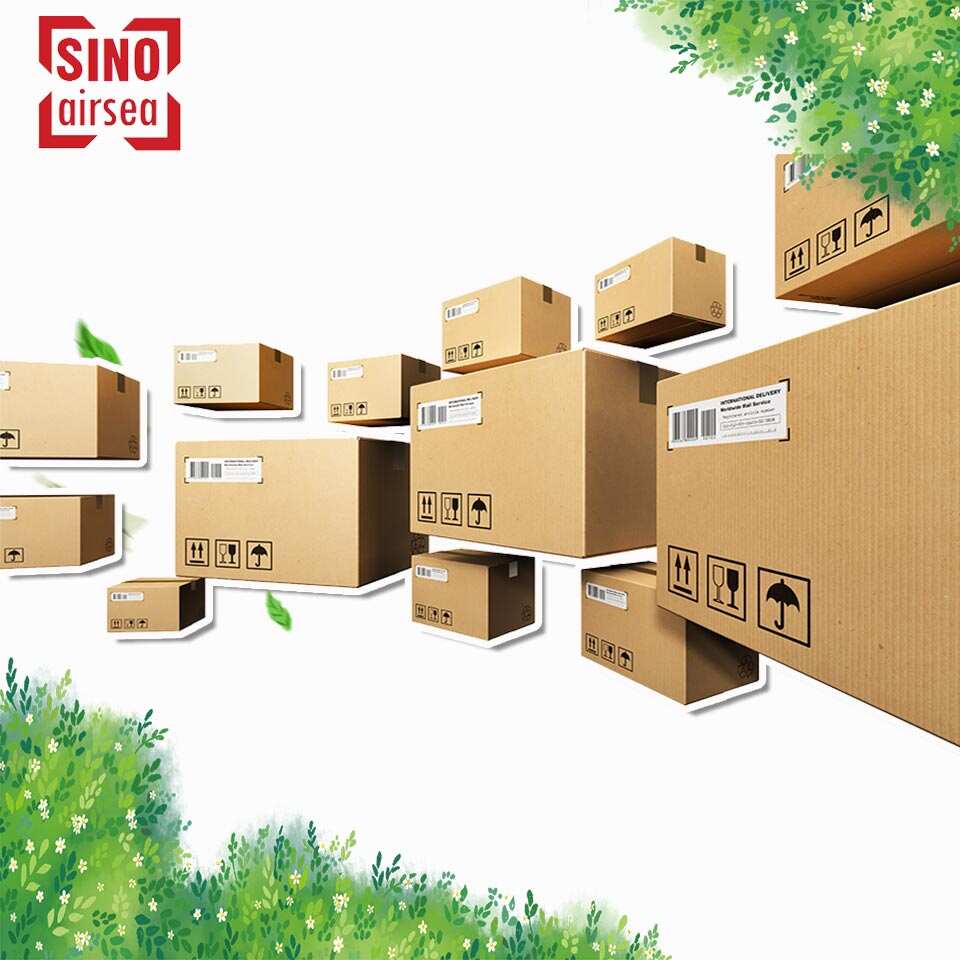LCL Railway Delivery: The Future of Cost-Effective and Efficient Shipping
In the logistics and transportation industry, companies are constantly seeking innovative ways to optimize costs and improve efficiency. One of the most effective solutions that has gained significant traction in recent years is LCL railway delivery. This method of shipping offers a balance between cost-effectiveness and timely delivery, making it an attractive option for businesses looking to streamline their supply chain. In this blog post, we will delve into the intricacies of LCL railway delivery, exploring its benefits, challenges, and why it is becoming a preferred choice for many companies.
What is LCL Railway Delivery?
LCL (Less than Container Load) railway delivery is a shipping method that allows multiple consignors to share space in a single container. This method is particularly advantageous for businesses that do not have enough cargo to fill an entire container. By opting for LCL railway delivery, companies can reduce shipping costs while still benefiting from the speed and reliability of railway transportation.
Understanding the LCL Concept
The concept is straightforward: multiple shippers combine their smaller shipments into a single container, which is then transported via railway. Each shipper pays only for the space their goods occupy, making it a cost-effective solution for smaller shipments. This approach not only reduces costs but also minimizes the environmental impact by maximizing the use of container space.
Why Choose LCL Railway Delivery?
There are several reasons why businesses are increasingly choosing LCL railway delivery over other shipping methods.
1. Cost-Effectiveness
One of the primary advantages is its cost-effectiveness. Since the cost of shipping is shared among multiple consignors, each shipper pays only for the space their cargo occupies. This makes the delivery an affordable option for businesses that need to ship smaller quantities of goods.
2. Speed and Reliability
Railway transportation is known for its speed and reliability, especially when compared to sea freight. The delivery ensures that goods reach their destination in a timely manner, making it an ideal choice for time-sensitive shipments. Additionally, railways are less prone to delays caused by weather conditions, which can be a significant issue with other modes of transport.
3. Environmental Benefits
Rail transport is one of the most environmentally friendly modes of freight transportation. By opting for the delivery, businesses can reduce their carbon footprint and contribute to sustainability efforts. The efficient use of container space in LCL shipments further enhances the environmental benefits of this shipping method.
4. Flexibility and Accessibility
The delivery offers a high degree of flexibility, allowing businesses to ship goods as needed without waiting to fill an entire container. This flexibility is particularly beneficial for companies with varying shipment sizes or those that operate on tight schedules. Additionally, railway networks often have extensive coverage, making it easier to access remote or inland locations that may be difficult to reach by other means.
The Process of LCL Railway Delivery
Understanding the process can help businesses make informed decisions when choosing this shipping method. Here’s a step-by-step overview of how it works:
1. Cargo Collection
The first step is the collection of cargo from various shippers. The goods are transported to a consolidation center, where they are prepared for shipment.
2. Cargo Consolidation
At the consolidation center, the goods from multiple consignors are combined into a single container. This process involves careful planning and organization to ensure that all items are securely packed and that the container is filled efficiently.
3. Railway Transport
Once the container is fully loaded, it is transported to the railway terminal, where it is loaded onto a train. The container is then transported to its destination via the railway network.
4. Cargo Deconsolidation
Upon arrival at the destination terminal, the container is unloaded, and the goods are deconsolidated. Each consignor's cargo is separated and prepared for final delivery.
5. Final Delivery
The final step in the LCL railway delivery process is the delivery of the goods to the individual recipients. This may involve additional transportation by truck or other means, depending on the location of the recipients.
Challenges of LCL Railway Delivery
While LCL railway delivery offers numerous benefits, it is not without its challenges. Businesses should be aware of these potential issues when considering this shipping method.
1. Transit Time Variability
Although railway transportation is generally reliable, there can be variability in transit times due to factors such as railway network congestion or scheduling issues. Businesses need to account for this variability when planning their shipments.
2. Cargo Handling
Since the delivery involves the consolidation and deconsolidation of cargo, there is an increased risk of damage during handling. Proper packaging and careful handling are essential to minimize this risk.
3. Limited Availability
Not all routes or regions have extensive railway networks, which can limit the availability of LCL railway delivery. Businesses operating in areas with limited rail access may need to explore alternative shipping methods.
How to Choose an LCL Railway Provider
Selecting the right LCL railway provider is crucial to ensuring a smooth and efficient shipping process. Here are some factors to consider when choosing a provider:
1. Network Coverage
One of the most important factors to consider is the provider's network coverage. A provider with an extensive railway network can offer more routes and better access to remote locations. Ensure that the provider you choose has the necessary coverage to meet your shipping needs.
2. Reputation and Reliability
The reputation and reliability are also critical. Look for providers with a proven track record of timely deliveries and excellent customer service. Reading customer reviews and seeking recommendations can help you assess the provider’s reliability.
3. Pricing and Flexibility
Pricing is always a key consideration when choosing a shipping provider. However, it's important to balance cost with the level of service offered. Additionally, consider the provider's flexibility in terms of shipment sizes and scheduling. A provider that can accommodate your specific needs is more likely to be a good fit for your business.
4. Additional Services
Some providers offer additional services such as cargo insurance, tracking, and customs clearance. These services can add value and convenience to the shipping process, so it's worth considering providers that offer them.
The Future of LCL Railway Delivery
The logistics industry is constantly evolving, and LCL railway delivery is poised to play a significant role in the future of shipping. As businesses continue to seek cost-effective and sustainable transportation solutions, the demand for LCL services is expected to grow.
1. Technological Advancements
Technological advancements are likely to enhance the efficiency and reliability. Innovations such as real-time tracking, automated cargo handling, and improved logistics management systems will make LCL shipping even more attractive to businesses.
2. Increased Sustainability
As environmental concerns continue to rise, businesses are placing greater emphasis on sustainability. The delivery aligns with this trend by offering a greener alternative to other shipping methods. The increased use of renewable energy in railway networks will further boost the sustainability of this shipping option.
3. Global Expansion
With the expansion of global trade, the demand for efficient and reliable shipping solutions is on the rise. The delivery is well-positioned to meet this demand, particularly in regions with developing railway infrastructure. As more countries invest in their railway networks, the availability and appeal of LCL services will continue to grow.
Conclusion: Why LCL Railway Delivery is the Future
In conclusion, LCL railway delivery offers a unique combination of cost-effectiveness, speed, and environmental benefits, making it an ideal choice for businesses looking to optimize their supply chain. While there are challenges associated with this shipping method, the advantages far outweigh the drawbacks.
As the logistics industry continues to evolve, LCL railway delivery is set to become an increasingly important part of the global supply chain. By choosing the right LCL railway provider and staying informed about industry trends, businesses can leverage this shipping method to achieve greater efficiency and sustainability in their operations.


